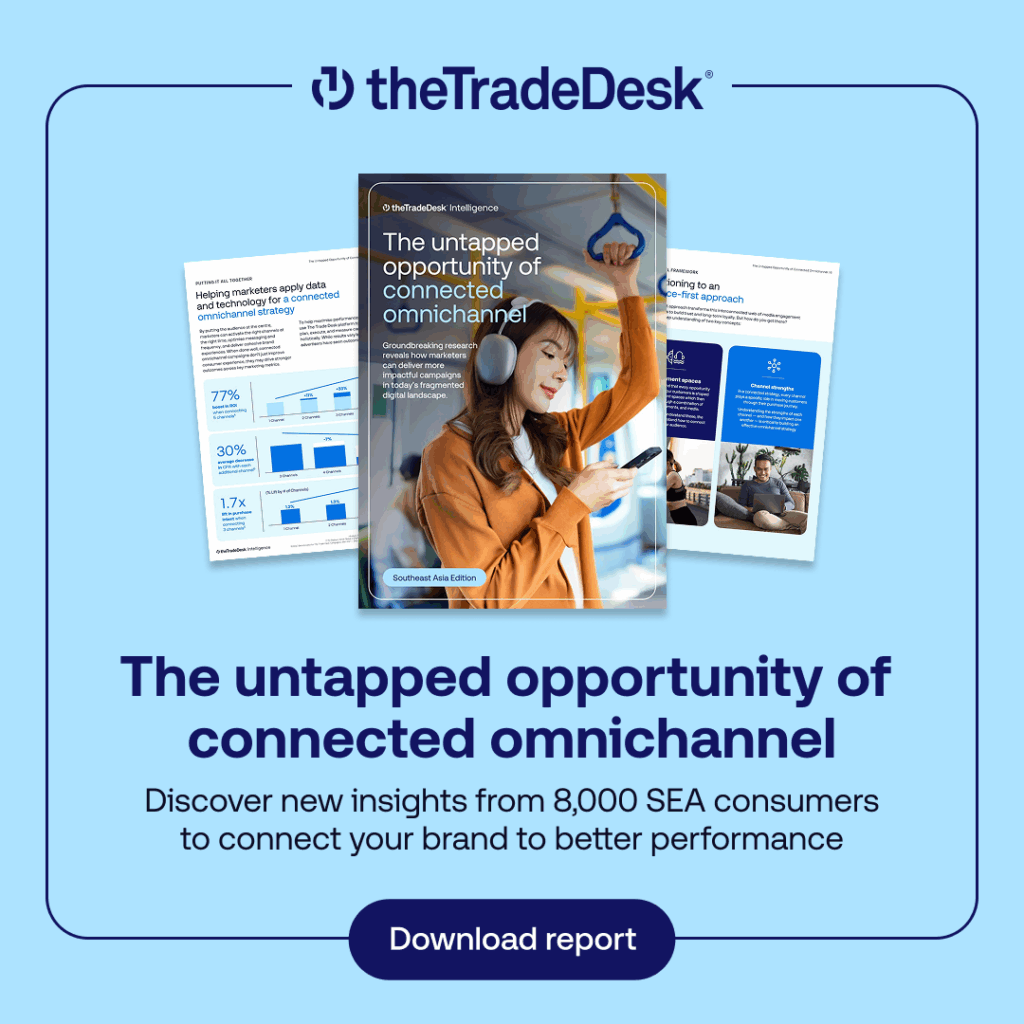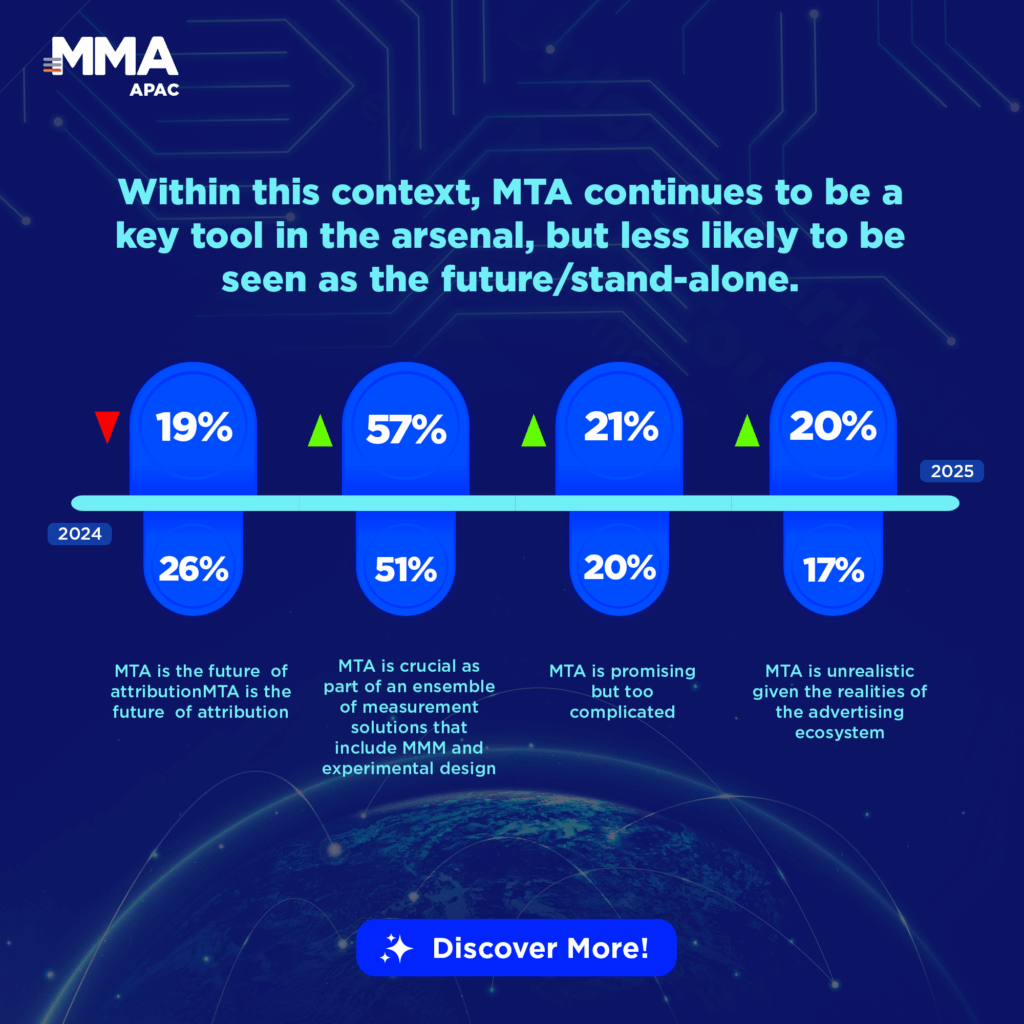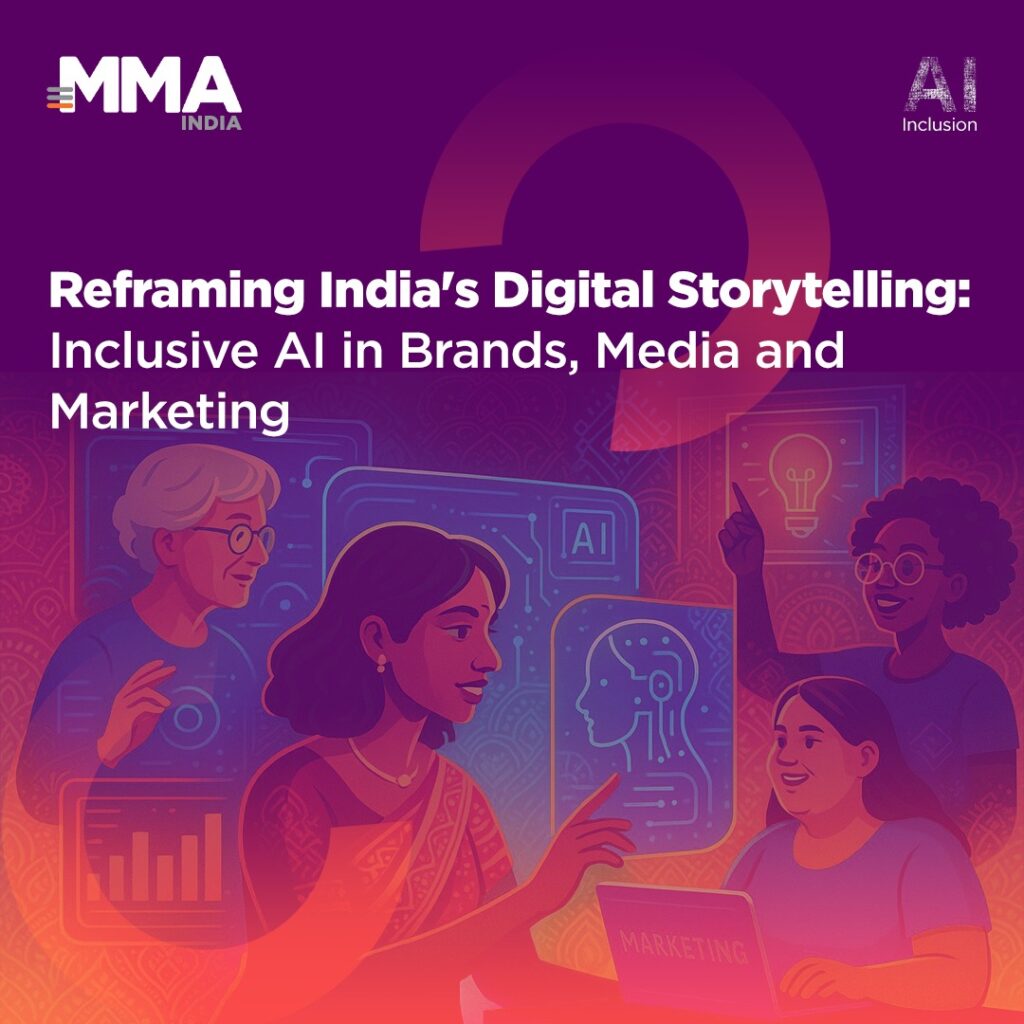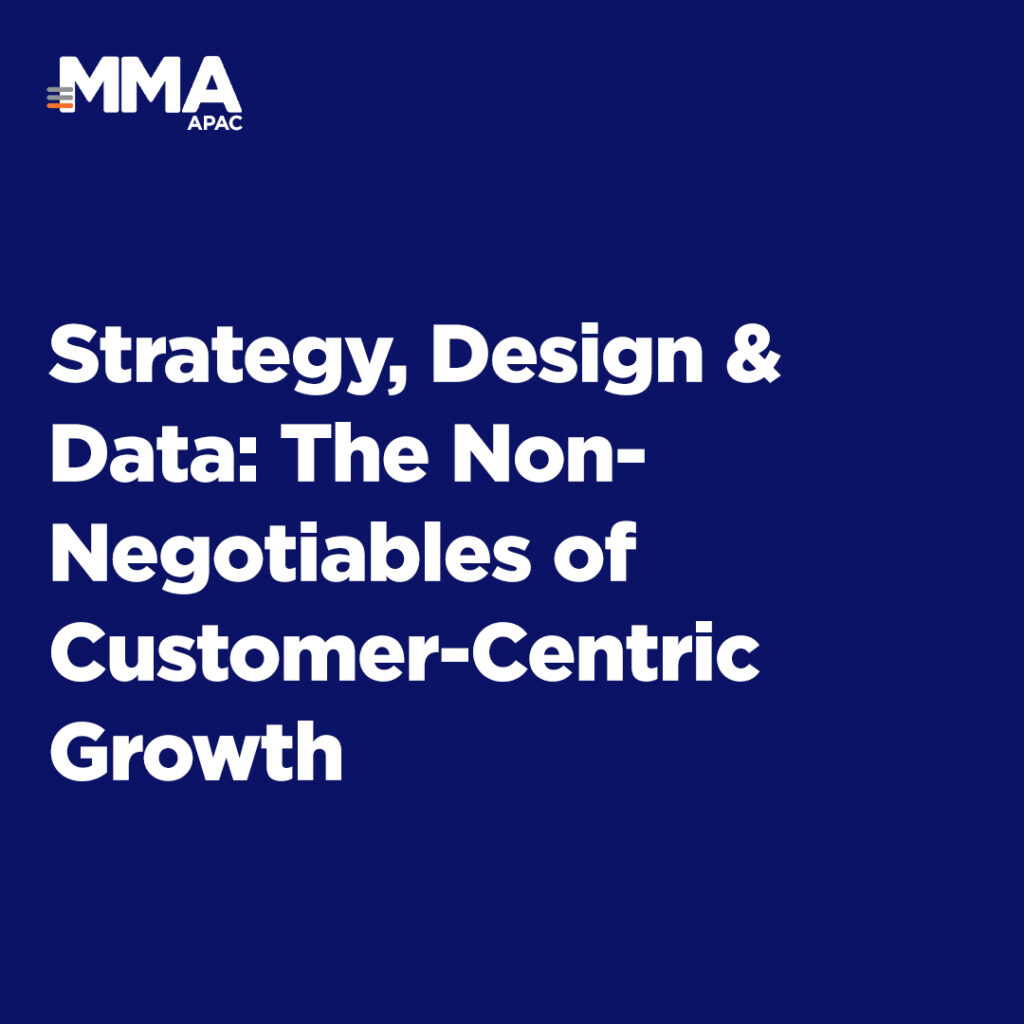
At MMA Impact Vietnam 2023 in Ho Chi Minh City on October 26, MMA Global CEO Greg Stuart spoke to VIR’s Bich Ngoc about integrating AI into marketing and branding activities.
Would you mind telling us how the trend of AI is developing globally?
Tech trends run in a 13-year cycle. The PC was introduced in 1981 with the birth of Apple, and then Microsoft developed its operating system in 1984.
In 1993, Mosaic made the internet possible and became the web we know today. Thirteen years later, in 2007, the iPhone was introduced and changed everything. We now have billions of mobile phones. So if you think about those trend lines, in 2020, most people believed that AI was the next trend, and we’re experiencing it now.
ChatGPT made it even more popular. Even in two or three years. It wasn’t until version four that it was a really big deal. So I still don’t think we know exactly what the real killer app of AI will be. We haven’t really seen its power. So, I think there’s still more to come in the future.
This is the trend that will define and dictate all the opportunities we have for the future. Ten years have passed and trade associations and organisations like MMA are really focused on identifying what the future looks like. Sometimes we work with governments, do research and bring people together with the same commitment. There are a bunch of things we do, but it is all that same idea of how we get to the future. This why AI is such as big deal.
Can you share the advanced solutions offered by AI, and what Vietnamese companies should do to capitalise on them?
What we have done so far is to establish an AI Leadership Coalition. Any MMA member company is willing to invite as many people as possible to be a part of that coalition. There have been now 125 major marketers and 225 people around the world have already signed up with these groups to have discussions.
This is all about content and creativity. How do you produce massive amounts of content? A few minutes ago, I talked to a CMO in the United States, they had produced a campaign of 5,000 creative assets. This is really meaningful, so to have AI step in and automate some of the process was great for a brainstorming tool.
The first thing that AI helps us with is to have better and more precise communication and a higher volume of assets. The second thing is focused on measurement and attribution. Obviously, we have to measure the massive and incredibly complex data. The third thing is audience profiling, a way to help us better understand the audience. The fourth one is to take responsibility for AI. We must be frank about what we’re doing, as there is real sensitivity to this.
What should the enterprises do?
This is an issue with the numbers 70, 20, and 10. About 70 per cent of your efforts should be thrown into things that you will probably continue to do. In this, you can think about work campaigns and products.
20 per cent of your resources should be put into activities that you’re not sure that you think you could improve upon. You need to focus on effectiveness first and efficiency second. Figure out what works effectively and then make it better. That was a critical lesson.
And the rest of 10 per cent is for crazy ideas to explore yourselves.
Enterprises really need to commit they have to find a way to give themselves time and opportunity to really learn about AI, the same as we learn about computers and other new things.



















